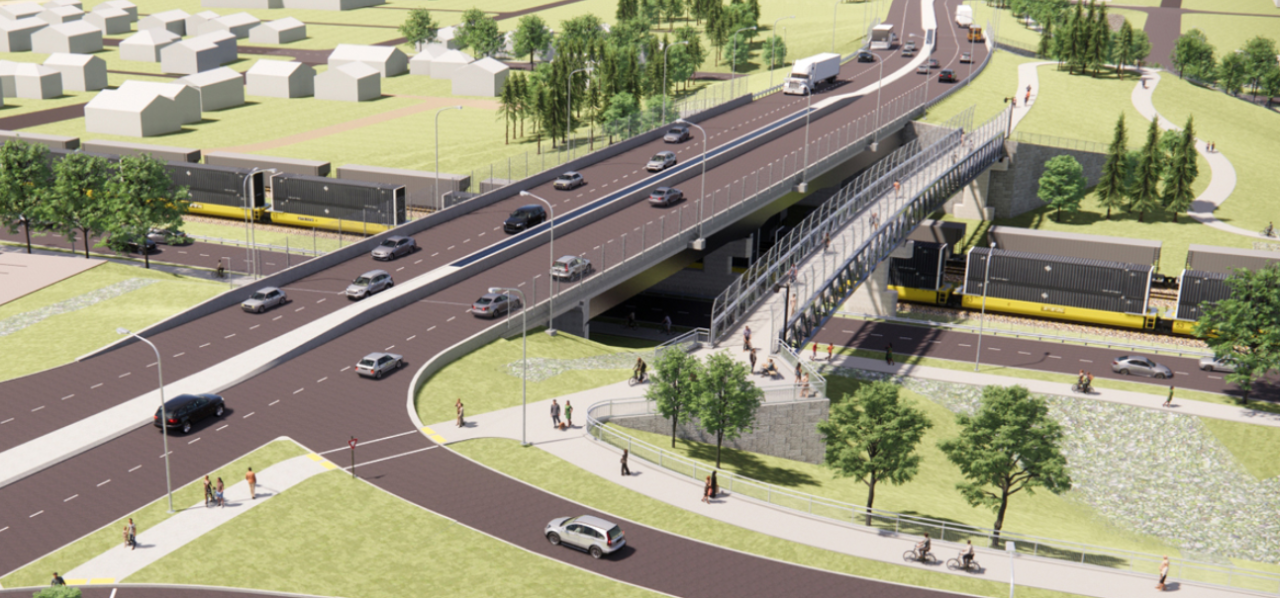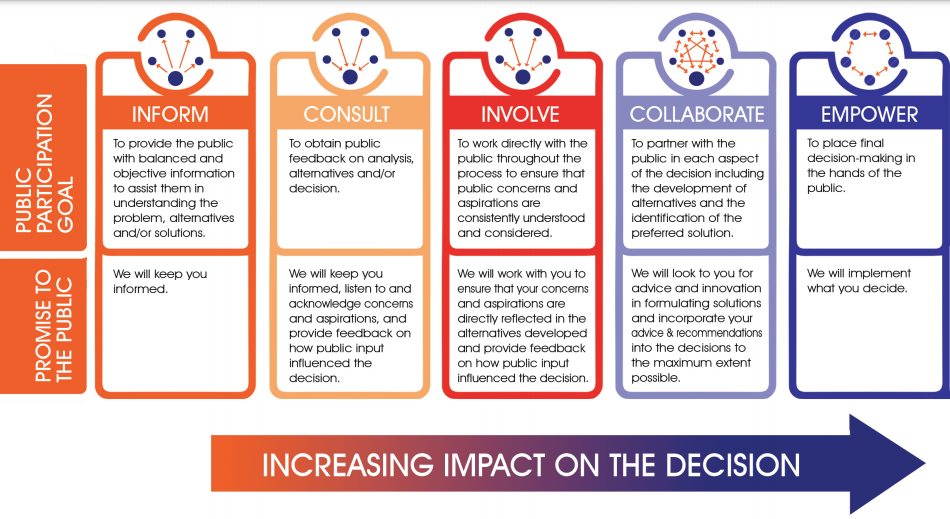Introduction:
Infrastructure projects shape the physical and social landscape of communities, influencing everything from transportation and utilities to public spaces and economic opportunities. In this interconnected world, the importance of involving the public in the planning and execution of such projects cannot be overstated. Public engagement serves as a cornerstone for transparency, accountability, and community empowerment, ensuring that infrastructure development aligns with the needs and aspirations of the people it serves. Let’s delve into why public engagement is crucial for the success and sustainability of infrastructure projects.
1. Building Trust and Transparency:
Public engagement cultivates trust by providing avenues for open communication and dialogue between project developers, government agencies, and community members. By involving the public from the outset, infrastructure projects demonstrate transparency in decision-making processes, project goals, and potential impacts. Engaging stakeholders in discussions about project objectives, timelines, and budgets helps to build confidence and credibility, fostering a sense of ownership and accountability among all parties involved.
2. Incorporating Local Knowledge and Perspectives:
Communities possess invaluable insights and local knowledge that can greatly enhance the planning and design of infrastructure projects. Public engagement allows project proponents to tap into this wealth of information by soliciting input, feedback, and ideas from residents, businesses, and other stakeholders. By listening to diverse perspectives and incorporating community priorities into project plans, infrastructure development becomes more responsive, inclusive, and reflective of the unique needs and values of the community.
3. Enhancing Project Acceptance and Support:
Effective public engagement can help garner support and buy-in from the community, facilitating smoother project implementation and reducing the likelihood of opposition or resistance. When stakeholders feel heard, respected, and involved in decision-making processes, they are more likely to support the project and actively contribute to its success. Public engagement efforts that prioritize inclusivity, accessibility, and meaningful participation can foster a sense of collective ownership and pride in the project, leading to greater acceptance and support from the community.
4. Identifying and Addressing Concerns:
Public engagement serves as a mechanism for identifying and addressing community concerns, aspirations, and priorities related to infrastructure projects. By actively seeking input and feedback from stakeholders, project proponents can anticipate potential challenges, mitigate risks, and explore alternative solutions that better align with community needs and values. Early engagement allows for proactive problem-solving and conflict resolution, minimizing delays, misunderstandings, and costly revisions during later stages of the project.
5. Promoting Social Equity and Justice:
Infrastructure projects have the potential to either exacerbate or alleviate social inequalities within communities. Public engagement helps ensure that infrastructure development is equitable, inclusive, and responsive to the needs of all residents, particularly those from marginalized or underrepresented groups. By engaging with diverse stakeholders and considering the social, economic, and environmental impacts of projects, infrastructure planners can promote social justice, equity, and fairness in resource allocation and decision-making processes.
Case Studies:
1. The High Line, New York City, USA:
The transformation of the High Line, an abandoned elevated railway line, into a vibrant public park was made possible through extensive public engagement efforts. Community input and advocacy played a crucial role in shaping the design, programming, and governance of the park, which has since become a beloved urban oasis and model for community-led revitalization projects worldwide.
2. The Thames Tideway Tunnel, London, UK:
The Thames Tideway Tunnel project, aimed at upgrading London’s aging sewer system, prioritized public engagement to address concerns related to environmental impact, construction disruptions, and cost management. Through stakeholder consultations, public meetings, and outreach initiatives, the project team actively engaged with affected communities to solicit feedback, share information, and address community concerns, ultimately building support for the project.
Conclusion:





